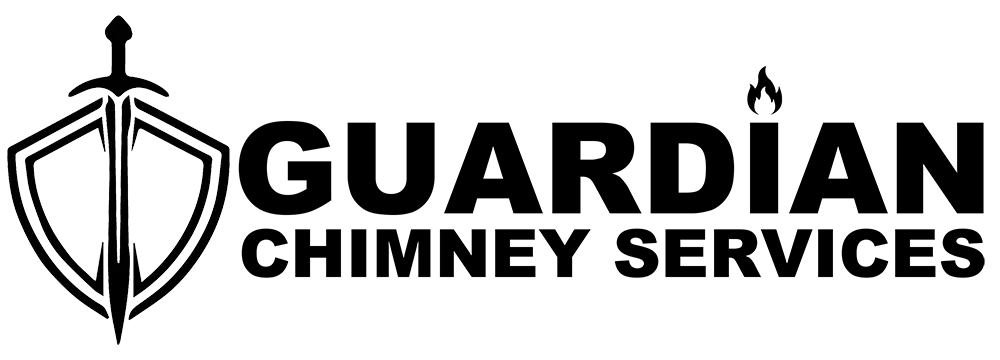
Chimney sweeps are professionals who specialize in cleaning and maintaining chimneys. Their primary job is to remove soot, debris, and creosote buildup from the interior of chimneys, ensuring their safe and efficient operation. Historically, chimney sweeps were responsible for cleaning chimneys in homes and businesses that used wood or coal for heating and cooking. While modern heating systems have evolved, chimney sweeps continue to play an essential role in chimney maintenance. Here are some key points about chimney sweeps:
1. Cleaning chimneys: The primary task of a chimney sweep is to clean chimneys. Over time, chimneys can accumulate soot, ash, debris, and creosote—a flammable substance formed from the byproducts of combustion. Chimney sweeps use specialized brushes, rods, and vacuum equipment to remove these deposits from the chimney flue and other components.
2. Ensuring safety: Regular chimney cleaning by a professional sweep helps maintain a safe environment. Removing creosote buildup reduces the risk of chimney fires, which can be dangerous and destructive. Soot and debris can also obstruct the chimney, leading to poor ventilation, smoke backdrafts, or the release of harmful gases like carbon monoxide into the living space. By cleaning the chimney, sweeps help prevent these hazards.
3. Inspection and maintenance: In addition to cleaning, chimney sweeps often conduct inspections to assess the condition of the chimney system. They look for signs of damage, such as cracks, gaps, or deterioration, which could affect performance or pose safety concerns. Chimney sweeps may also provide recommendations for repairs, maintenance, or improvements to ensure the chimney’s optimal function.
4. Installation and repairs: Some chimney sweeps offer services beyond cleaning. They may install new chimney liners, caps, dampers, or other components. They can also perform repairs to fix structural issues, such as chimney masonry or flashing repairs. Chimney sweeps with additional certifications or qualifications may provide more specialized services, like the installation or maintenance of specific types of heating appliances.
5. Certification and professional organizations: Chimney sweeps may obtain certifications from recognized industry organizations to demonstrate their expertise and knowledge in the field. For example, the Chimney Safety Institute of America (CSIA) offers the Certified Chimney Sweep credential, which indicates a sweep’s proficiency in chimney inspection, cleaning, and maintenance. Membership in professional organizations allows chimney sweeps to stay up-to-date with industry standards, best practices, and emerging technologies.
6. Hiring a chimney sweep: When hiring a chimney sweep, it’s important to choose a reputable and experienced professional. Look for sweeps who are certified, insured, and have a good reputation. They should use appropriate equipment and take precautions to keep your home clean during the cleaning process. It’s advisable to have your chimney cleaned and inspected at least once a year, or more frequently if you use your fireplace or heating appliance extensively.
Chimney sweeps provide valuable services to maintain the safety and efficiency of chimneys. By cleaning and inspecting chimneys, they help prevent hazards and ensure proper functioning. Regular chimney maintenance by a professional sweep is crucial for the well-being of your chimney and the safety of your home.
